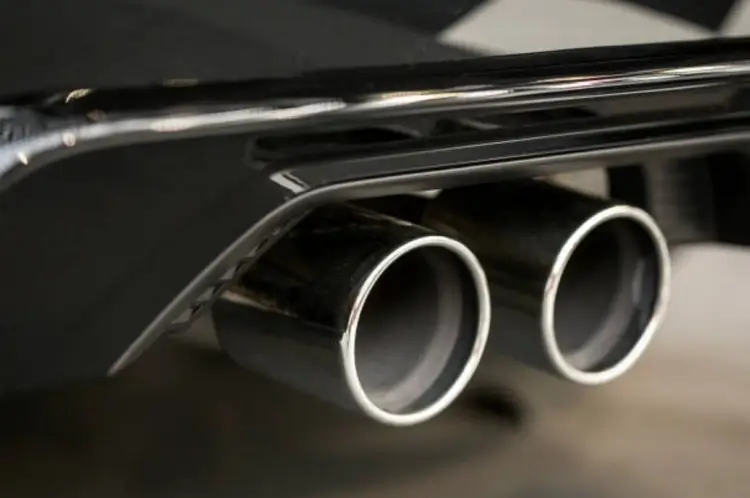Address: 300 Dixie Trail, Goldsboro, NC 27530
Exhaust systems have evolved from their primary function of noise reduction to becoming integral components in enhancing vehicle performance and efficiency. Let’s explore the fascinating evolution of exhaust systems and their impact on modern vehicles.
Early Beginnings: Noise Reduction
The earliest exhaust systems were simple pipes designed to route exhaust gases away from the engine and reduce noise. These rudimentary systems focused primarily on preventing harmful gases from entering the vehicle’s cabin and reducing engine noise.
Products are available — click below to view them!
SEE DETAILS ON EBAYIntroduction of Mufflers
The introduction of mufflers marked a significant advancement in exhaust technology. Mufflers used baffles and chambers to reduce sound waves, effectively decreasing the noise produced by the engine. This innovation made vehicles more comfortable to drive and less disruptive to the environment.
Catalytic Converters and Emissions Control
As environmental concerns grew, the automotive industry faced stricter emissions regulations. The catalytic converter, introduced in the mid-1970s, became critical in meeting these standards. By converting harmful pollutants into less harmful emissions, catalytic converters significantly reduce the environmental impact of vehicle exhaust.
Performance Exhaust Systems
The focus on performance emerged as car enthusiasts sought ways to enhance their vehicles’ power and efficiency. Performance exhaust systems, including high-flow mufflers and pipes, were designed to reduce backpressure and increase exhaust flow – this improved engine efficiency, resulting in better horsepower and torque.
Advanced Materials and Technology
Modern exhaust systems benefit from advanced materials like stainless steel, aluminized steel, and titanium, which offer excellent durability and resistance to corrosion. Additionally, advancements in acoustic engineering have allowed for more precise control of sound waves, allowing drivers to customize their vehicle’s exhaust notes.
Integration with Engine Management Systems
Today’s exhaust systems are often integrated with the vehicle’s engine management system, allowing real-time adjustments to optimize performance and emissions. Sensors and computers work together to ensure the exhaust system operates efficiently, contributing to improved fuel economy and reduced emissions.
The evolution of exhaust systems from simple noise reducers to sophisticated performance enhancers reflects the advancements in automotive technology and the growing emphasis on environmental responsibility. Understanding this evolution helps us appreciate exhaust systems’ critical role in modern vehicles. Embrace the advancements in exhaust technology and enjoy the benefits of a system designed for performance, efficiency, and sustainability.




